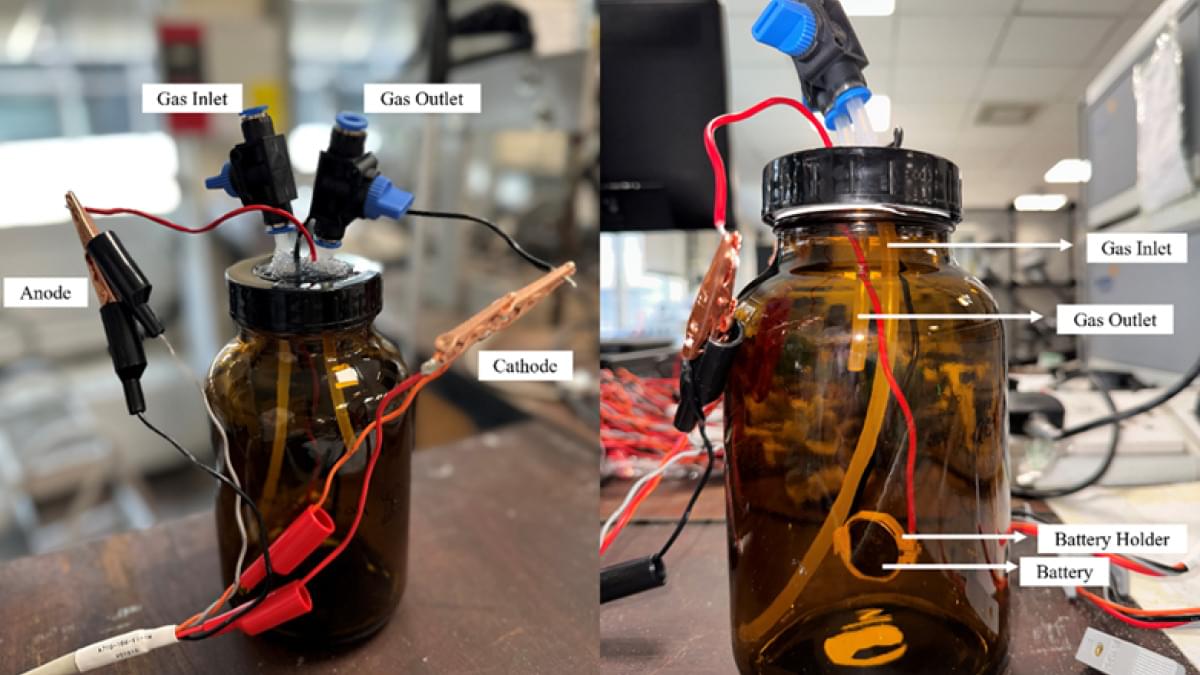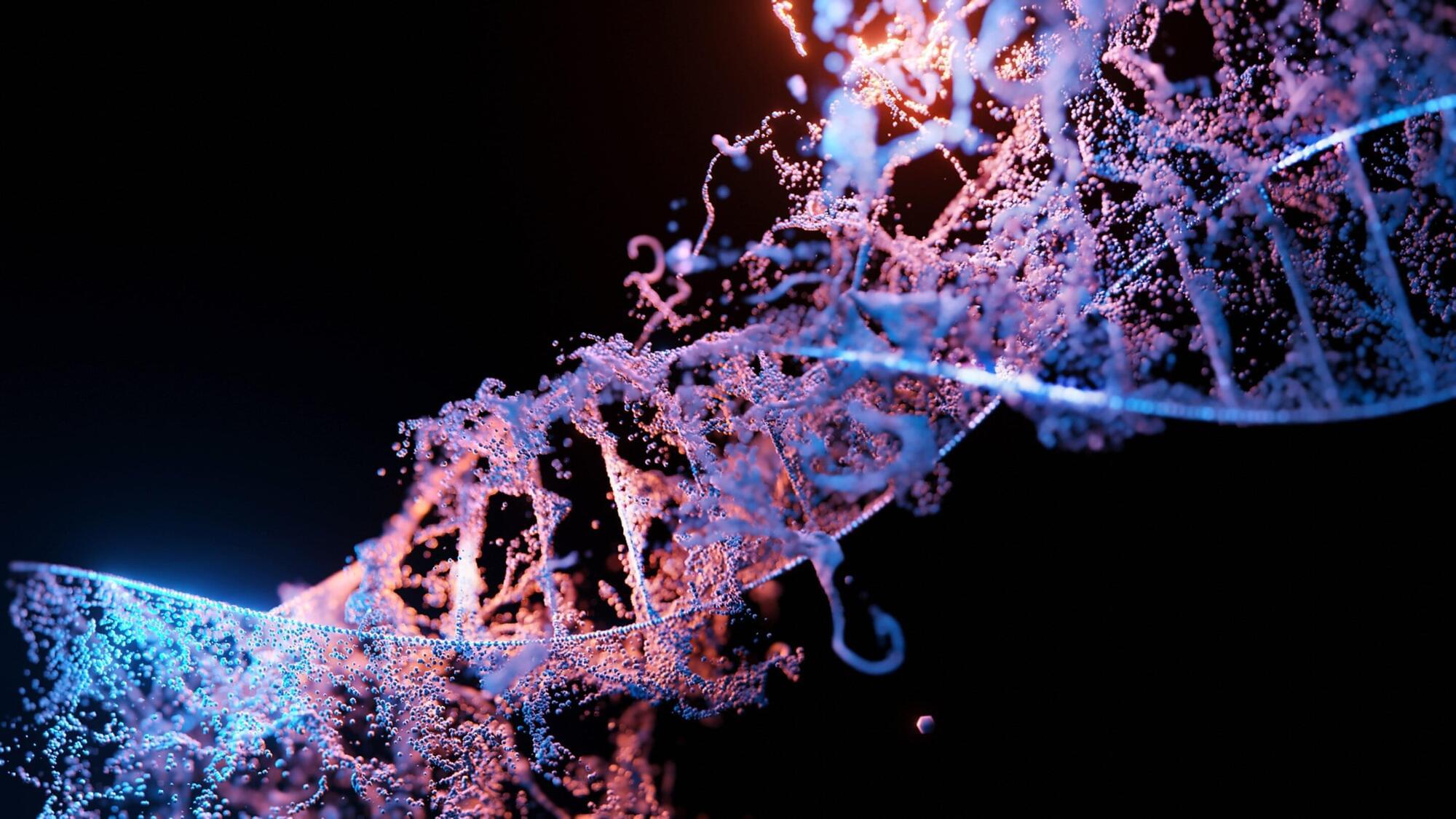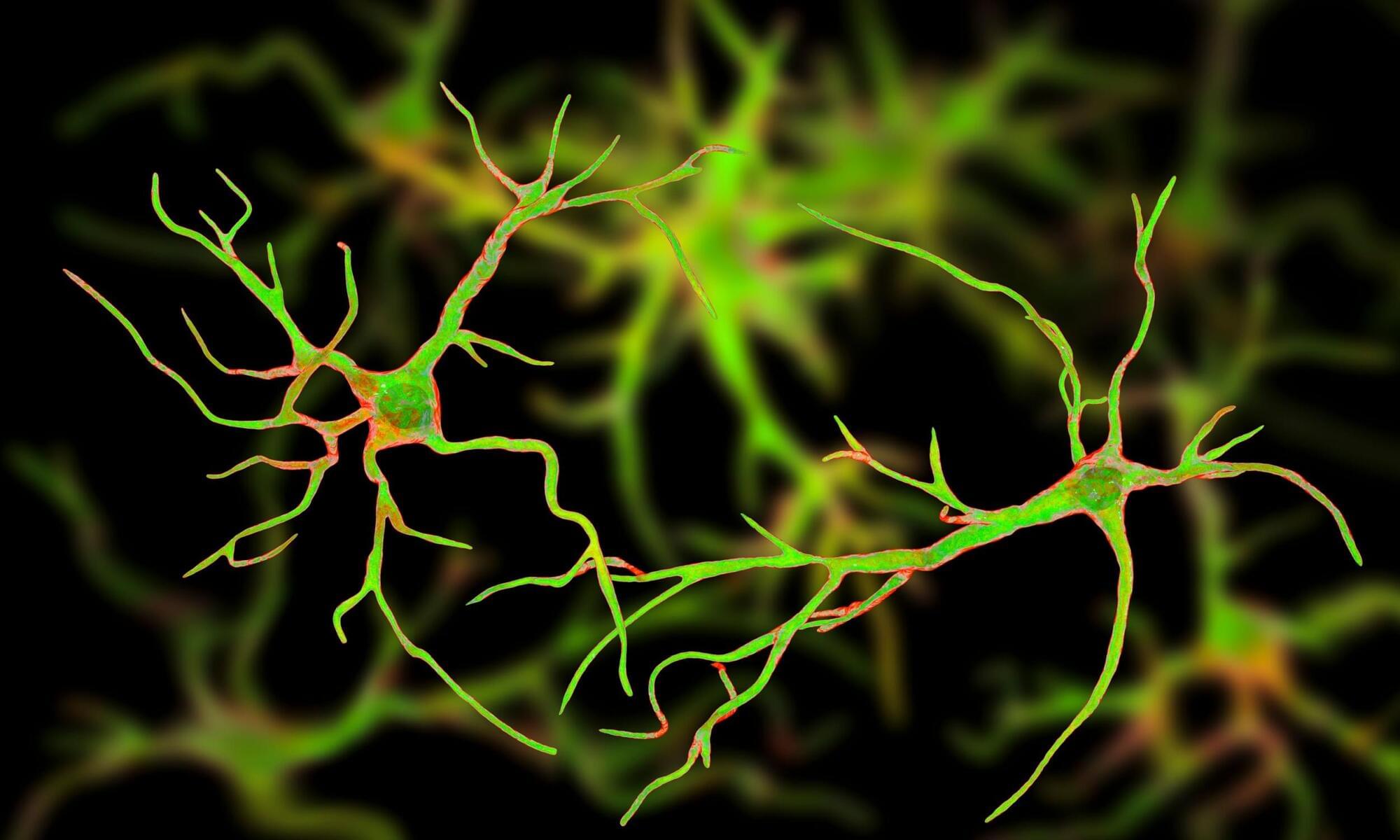These findings offer valuable insights into human history, population dynamics, and the eventual collapse of the Classic Maya civilization through the study of ancient DNA. A new study shines a light on the genetic roots of the Classic Maya people and reveals how their population shifted during t
Scientists have revealed a novel means of tracking everything from wildlife to illicit substances using environmental DNA detectable in the air around us.
The findings, outlined in a new study published in Nature Ecology & Evolution, show that tracking virtually anything using environmental DNA can be achieved as simply as capturing this ever-present genetic material from the air using a vacuum.
The discovery, made by a team led by David Duffy, Ph.D., reveals DNA as a powerful new tool for detecting and tracking living organisms and a range of substances in virtually any environment.
Scientists make jaw-dropping find after drilling more than 1,500 feet into Antarctic ice: ‘We even discovered a school of lobster-like creatures’
Posted in habitats | Leave a Comment on Scientists make jaw-dropping find after drilling more than 1,500 feet into Antarctic ice: ‘We even discovered a school of lobster-like creatures’
In a recent expedition, researchers drilled more than 1,600 feet into the West Antarctic Ice Sheet and discovered a subglacial river flowing beneath the Ross Ice Shelf, per Earth.com.
The river, about as tall as a 30-story building and as wide as a city block, is a blend of freshwater and seawater, slowly making its way toward the ocean.
“We struck water at the end of the borehole and with the help of our camera, we even discovered a school of lobster-like creatures — 400 kilometers from the open ocean,” expedition leader Huw Horgan said.
Scientists at the University of Surrey have made a breakthrough in eco-friendly batteries that not only store more energy but could also help tackle greenhouse gas emissions. Lithium-CO₂ ‘breathing’ batteries release power while capturing carbon dioxide, offering a greener alternative that may one day outperform today’s lithium-ion batteries.
Until now, Lithium-CO₂ batteries have faced setbacks in efficiency — wearing out quickly, failing to recharge and relying on expensive rare materials such as platinum. However, researchers from Surrey have found a way to overcome these issues by using a low-cost catalyst called caesium phosphomolybdate (CPM). Using computer modelling and lab experiments, tests showed this simple change allowed the battery to store significantly more energy, charge with far less power and run for over 100 cycles.
The study, published in Advanced Science, marks a promising step toward real-world applications. If commercialised, these batteries could help cut emissions from vehicles and industrial sources — and scientists even imagine they could operate on Mars, where the atmosphere is 95% CO₂
Go to https://groundnews.com/physics to stay fully informed about physics, other sciences, and more. Subscribe through my link to get 40% off the unlimited vantage plan, the same one I use, which breaks down to just $5/month with my discount.
You can help support this channel via the Physics Explained Patreon account: / physicsexplained.
We’ve all heard the claim: atoms are mostly empty space. That if you zoomed in far enough, you’d find 99.9999999999999% of an atom is just… nothing. But this idea, while popular, is deeply misleading.
In this video, we dive into the quantum reality behind that empty space — and reveal what truly fills the “void” inside atoms. From the discovery of the nucleus to the rise of quantum field theory, we’ll explore how jittering fields, zero-point energy, and vacuum fluctuations reshape our understanding of what “nothing” really is.
Along the way, you’ll learn:
Why Rutherford’s model gave birth to the “empty atom” idea.
Scientists at the San Raffaele Telethon Institute for Gene Therapy (SR-Tiget), Milan, have found that gene editing using CRISPR-Cas9 in combination with AAV6 vectors can trigger inflammatory and senescence-like responses in blood stem cells, compromising their long-term ability to regenerate the blood system.
The study, published in Cell Reports Medicine, outlines new strategies to overcome this hurdle, improving both the safety and efficacy of gene-editing-based therapies for inherited blood disorders.
The research was led by Dr. Raffaella Di Micco, group leader at SR-Tiget, New York Stem Cell Foundation Robertson Investigator and Associate Professor at the School for Advanced Studies (IUSS) of Pavia, in collaboration with Professor Luigi Naldini, Director of SR-Tiget, and several European research partners.
New research from MIT suggests that astrocytes — long considered support cells — may play a key role in the human brain’s memory capacity.
Fibroblasts are specialised connective tissue cells that play a key role in wound healing and tissue regeneration. The recent scientific publication from the University of Leipzig Medical Center shows that fibroblasts respond differently depending on the organ and disease context. Their functions are shaped by their embryonic origin, tissue-specific signals, and pathological stimuli. These specialised cells are not only involved in tissue repair and remodelling, but also influence the immune system and the development of diseases such as cancer, fibrosis and chronic inflammatory conditions.
“Until now, our understanding of fibroblast diversity has been based primarily on studies in animal models. This new review is the first to compare and integrate extensive human studies that have used modern single-cell technologies. This approach makes it possible to combine findings from different human studies, creating a comprehensive picture of the various origins and functions of human fibroblasts,” says Professor Sandra Franz, lead author of the study from the University of Leipzig Medical Center.
This deeper understanding of cellular heterogeneity opens up new avenues for the development of targeted therapies.
New research shows that even mild, prolonged exposure to low oxygen levels can significantly disrupt the blood-brain barrier (BBB) in aging brains.
Astronomers have filled a large gap in knowledge about Mars’ water cycle. Their research on water percolating from surface to aquifer could change the picture of what early Mars was like, suggesting that less of the planet’s water may have been available to become rain and refill lakes and oceans.
Billions of years ago, water flowed on the surface of Mars. But scientists have an incomplete picture of how the Red Planet’s water cycle worked.
That could soon change after two graduate students at The University of Texas at Austin filled a large gap in knowledge about Mars’ water cycle — specifically, the part between surface water and groundwater.








